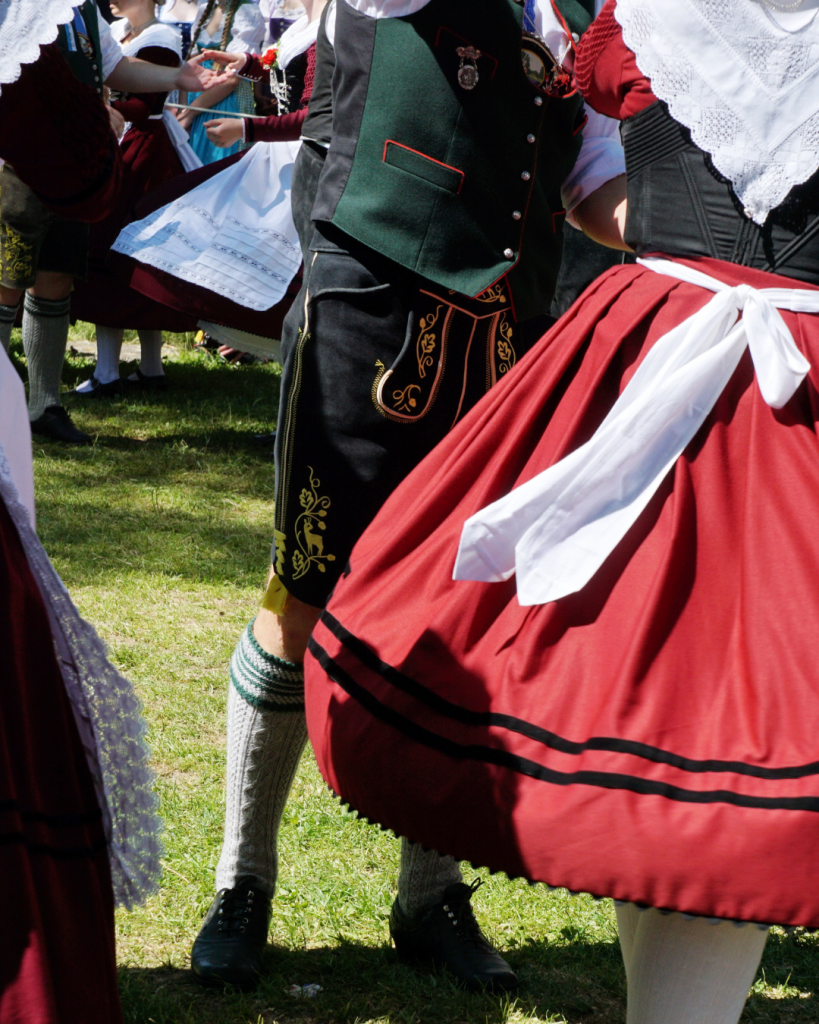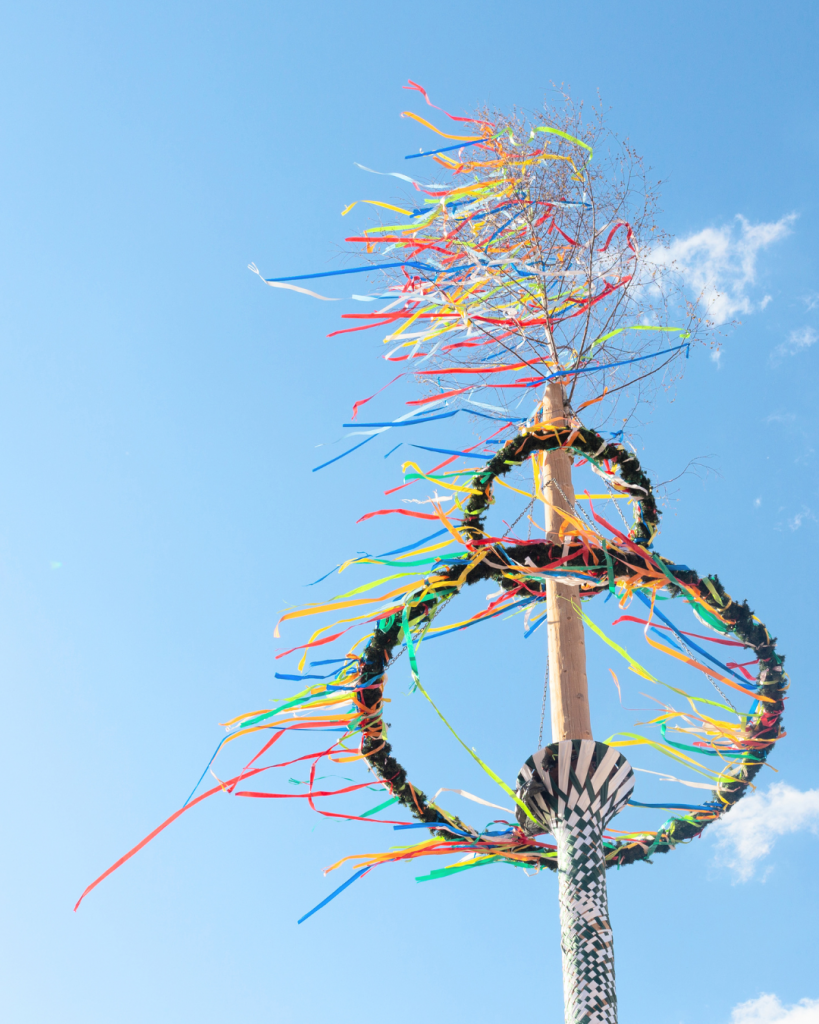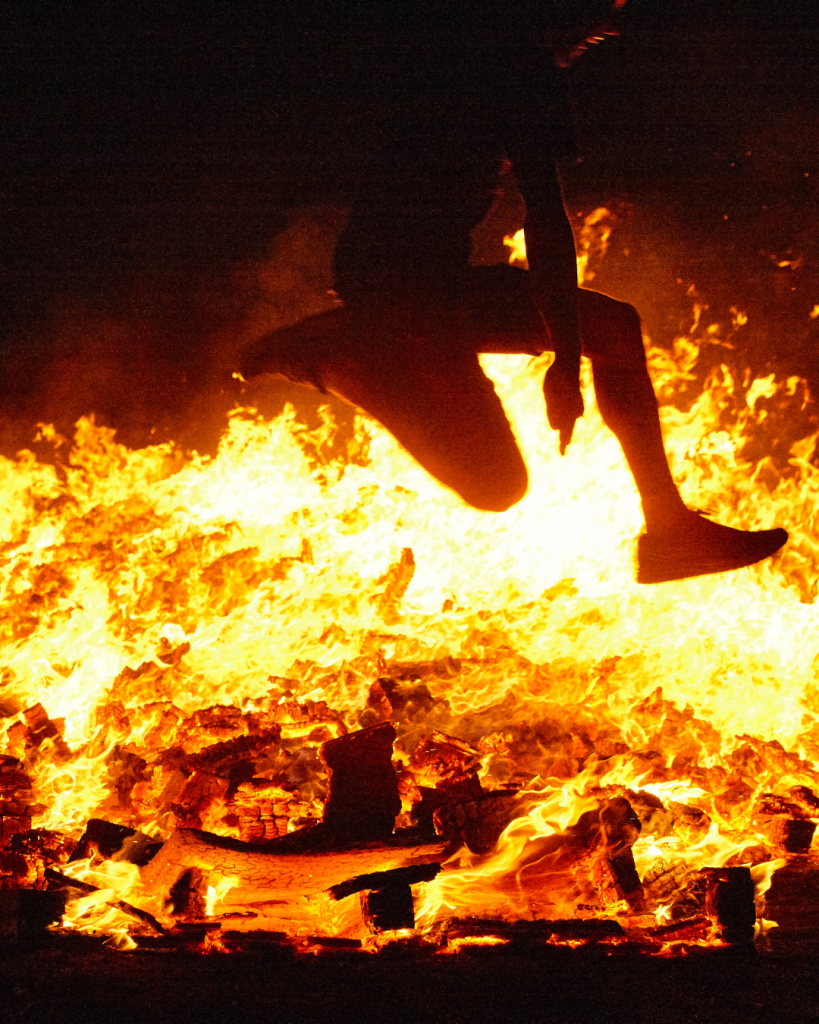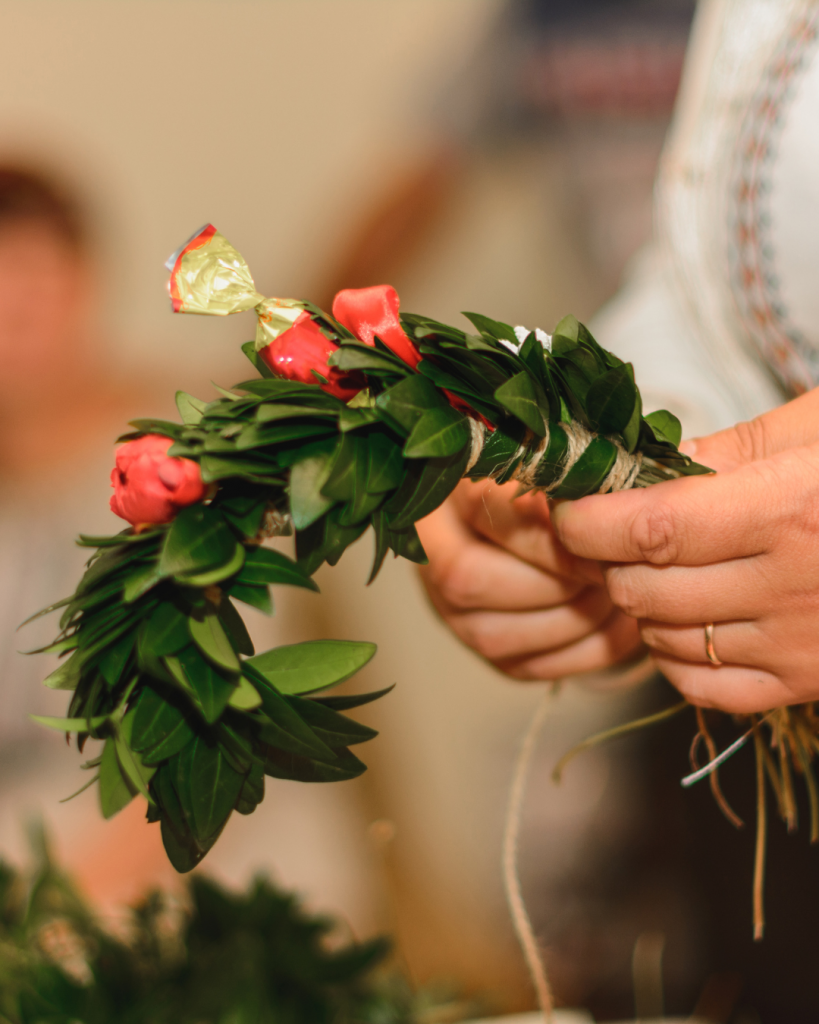Embracing the Arrival of Spring’s Vitality: Celebrating the Joy of Renewal
Beltane, celebrated on the night of April 30th into May 1st, along with its counterpart Walpurgis Night, marks the transition from spring to summer in various cultures across Europe. These ancient festivals hold profound significance, symbolizing the awakening of nature, the resurgence of life, and the triumph of light over darkness. As communities gather to honor this occasion, they partake in rich traditions, customs, and rituals that have been passed down through generations.

Meaning and Significance
Beltane, derived from Gaelic traditions, symbolizes the peak of spring’s fertility and the beginning of the pastoral summer season. It’s a time when the earth is bursting with life, and people celebrate the abundance of nature and the promise of new beginnings. Walpurgis Night, named after Saint Walpurga, merges Christian and pagan traditions and is celebrated with bonfires and rituals to ward off evil spirits.
History and Origins
The origins of Beltane can be traced back to Celtic traditions, where it marked the beginning of the pastoral season and honored the sun god Belenos. Over time, it evolved into a Christianized holiday, with May Day celebrations incorporating both pagan and Christian elements. Walpurgis Night has its roots in Germanic paganism, with the eve of May 1st being dedicated to the witch goddess Walpurga.
Traditions and Customs
Beltane is associated with various customs, including lighting bonfires, dancing around Maypoles, and performing rituals to ensure fertility and protection. Maypole dancing symbolizes the intertwining of male and female energies, while bonfires are lit to cleanse and purify the land. Walpurgis Night traditions include bonfires, processions, and the hanging of May birch branches to ward off evil spirits.

Modern Observance
In modern times, Beltane and Walpurgis Night are celebrated by neo-pagans, Wiccans, and those interested in reconnecting with nature and ancient traditions. Festivals, gatherings, and rituals are held in various parts of the world, often emphasizing community, creativity, and spiritual growth.

Cultural and Regional Variations
The way Beltane and Walpurgis Night are celebrated varies from region to region. In some areas, the focus is on fertility rites and agricultural blessings, while in others, it’s more about warding off malevolent forces and embracing the coming of summer.
Connection to Nature and Seasons
Both Beltane and Walpurgis Night are deeply intertwined with the rhythms of nature and the changing seasons. They serve as reminders of humanity’s dependence on the earth’s cycles and our interconnectedness with all living things.

Conclusion
Beltane and Walpurgis Night continue to be celebrated as vibrant expressions of spring’s vitality and the human spirit’s longing for connection with the natural world. As we honor these ancient traditions, we also affirm our commitment to preserving the earth’s beauty and abundance for generations to come.
Practical Tips and Ideas
- Gather friends and family for a Beltane bonfire celebration.
- Dance around a Maypole adorned with ribbons and flowers.
- Create a sacred space in nature for meditation and reflection.
- Plant seeds or tend to a garden to honor the fertility of the earth.
- Attend a local Beltane or Walpurgis Night festival to experience the rituals and customs firsthand.


